Technologies
NASA’s Osiris-Rex Prepares to Deliver Asteroid Sample It Swiped in Space
A tiny load of cargo seven years in the making will touch down in the Utah desert later this month.
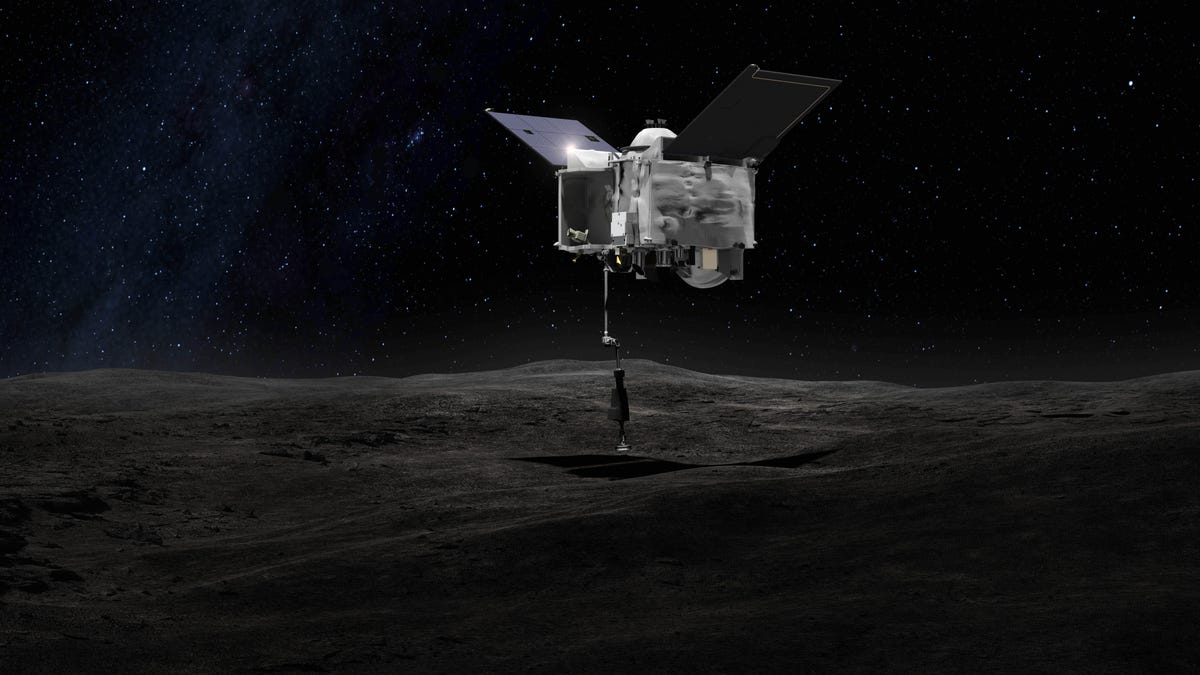
A pickpocketed piece of a big asteroid named Bennu is on its way back to Earth. NASA’s Osiris-Rex is winding down its mission more than seven years after launching from Cape Canaveral, Florida.
In 2020, the van-size spacecraft performed a «touch-and-go» maneuver — sort of like a chest bump in space — and swiped a few ounces of material from the space rock, which is really a pile of rubble held together by its own gravity. Osiris-Rex lingered around Bennu until 2021, when it started its two-year journey back to Earth.
The long flight ends on Sept. 24, when the spacecraft will jettison the capsule containing the sample. The capsule will then make a superheated trip through the atmosphere before parachuting in for a soft landing at the US military’s Utah Test and Training Range near Dugway, Utah.
Mission controllers have been preparing for the capsule’s return for months now. On Sept. 10, NASA reported the spacecraft briefly fired its thrusters to point itself toward Earth. The minor adjustment puts Osiris-Rex on course to release the capsule on a trajectory to enter our atmosphere off the coast of California at 7:42 a.m. PT on the delivery. About 13 minutes later it will touch down southwest of Salt Lake City somewhere in a predetermined area measuring 36 miles by 8.5 miles across.
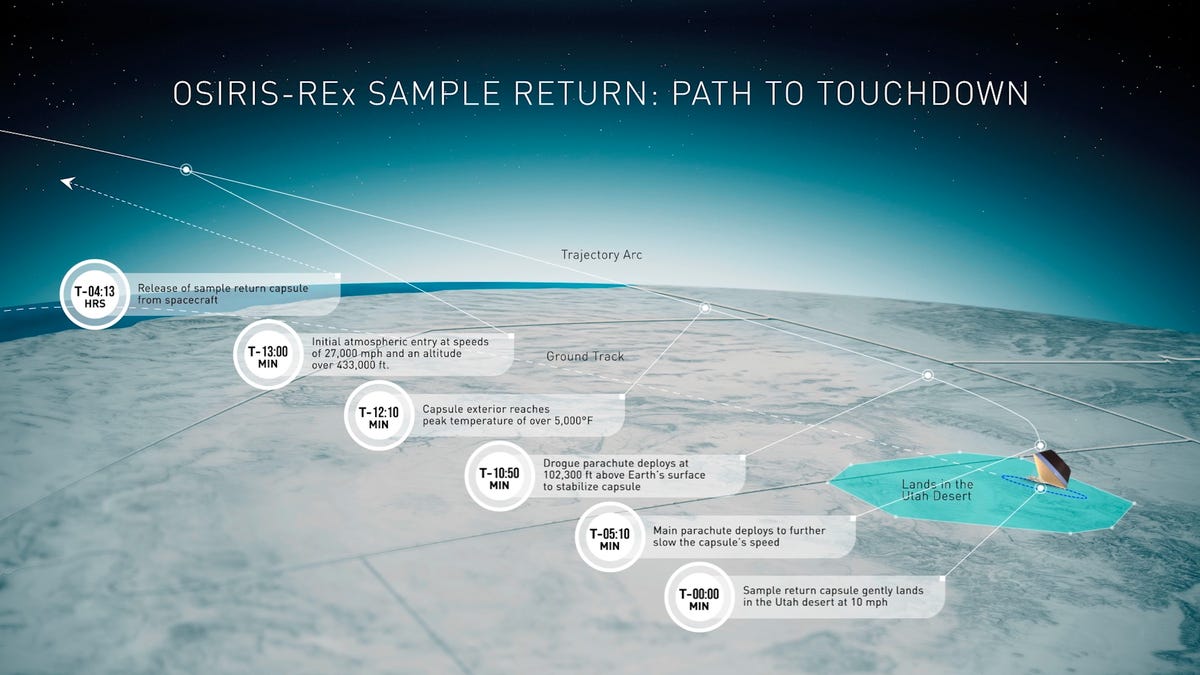
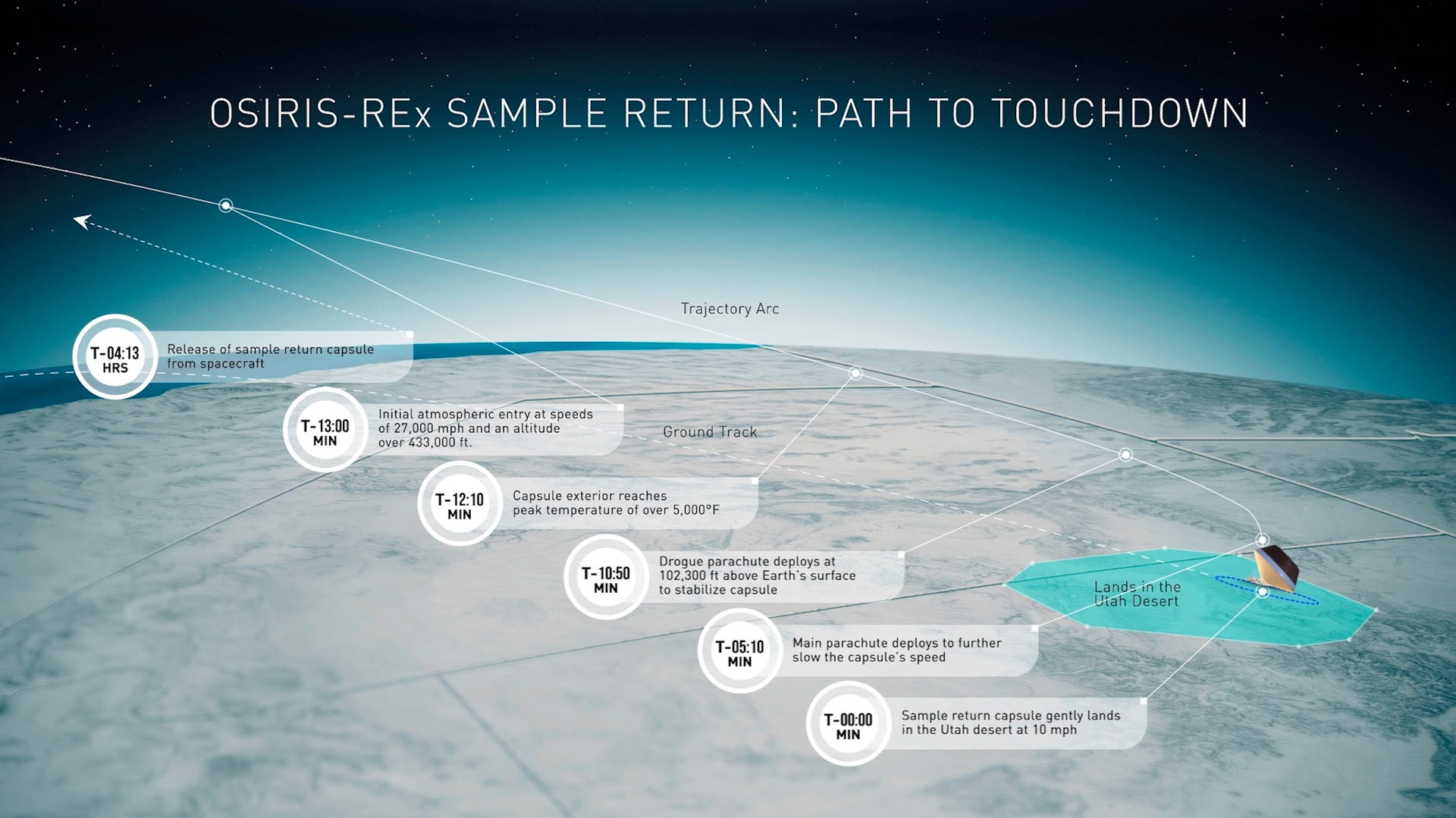
The capsule will sizzle as it races through the sky protected by a heat shield. It will be tracked with thermal imaging equipment, and recovery teams will be deployed by helicopter to snatch it as quick as possible to avoid possible contamination from Earth’s environment.
Osiris-Rex is the first such mission led by NASA. Japan’s space agency sent two spacecraft, named Hayabusa and Hayabusa2, to collect and return samples from asteroids Itokawa and Ryugu, respectively.
The sample is set to arrive at Johnson Space Center in Houston after landing on Sept. 24, and there it will undergo preliminary analysis and be unveiled on Oct. 11 in a livestreamed news conference. It’s hoped the sample will provide scientists with a window into the birth of the solar system, including the sun and planets, some 4.5 billion years ago.
As for the main spacecraft, it isn’t done. After sending its treasure to the surface, Osiris-Rex will fire its engines to avoid smashing into the atmosphere itself. Instead, it will continue on to its next target, the asteroid Apophis, at which point it will be rechristened Osiris-Apex (Osiris-Apophis Explorer). The vehicle isn’t equipped to collect and return another sample, but it may try to blast the asteroid with its gas thrusters in an attempt to dislodge dust and other small bits for study.
Apophis is an important target because it’s considered a potentially hazardous asteroid. While any chance of it impacting Earth in the next century has been ruled out, it will be worth keeping a close eye on for centuries to come.
Technologies
Apple CEO Stepping Down? Tim Cook Is Now 65, Sparking Succession Talk
Here are a few potential candidates reportedly being considered to fill the chief executive role once Tim Cook decides to retire.

Tim Cook turned 65 on Nov. 1, and talks have been growing around the question of who his successor as Apple CEO could be. Cook has made no announcement that he’ll be retiring, but according to Bloomberg’s Mark Gurman, the tech giant is working behind the scenes to ensure a seamless transition when the time does come.
Cook replaced Steve Jobs in 2011, and after a period of uncertainty, Cook ushered Apple into its most profitable era. Stock-watching website Stocktwits reports that the company’s stock has increased by around 1,800% since Cook took over leading the company.
Don’t miss any of our unbiased tech content and lab-based reviews. Add CNET as a preferred Google source.
Jobs may have introduced devices like the iPhone into everyday use that changed how we interact with technology, but Cook expanded on the Apple experience. Under his guidance, the company built upon Apple’s smartphone by introducing subscription services and more mobile products, including earbuds and wearables.
He introduced Apple Pay, Beats headphones became part of the company’s ecosystem, the Apple Watch launched 10 years ago, and Apple even entered the entertainment business, producing original Oscar-winning movies and Emmy-winning TV shows through Apple TV Plus.
Read more: Best iPhone in 2025: Here’s Which Apple Phone You Should Buy
We should reiterate that the notion of Cook stepping down is pure speculation at this point. We don’t know what Apple’s CEO is currently planning or what his thoughts about retirement may be. That said, there are a handful of contenders who have reportedly been part of the succession conversation.
Potential Apple CEO contenders
Apple likely has «a solid bench of successors» that the company’s board has been developing, says Bryan Ma, VP of Devices Research at IDC.
«But the anxiety gets amplified when there isn’t clear visibility for such a valuable and iconic company,» Ma says. «Compounding the challenge is the fact that the bar has been set by big rock stars like Steve Jobs and Tim Cook. The next generation of leaders have very big shoes to fill.»
John Ternus, Apple’s current vice president of Hardware Engineering, was top of Gurman’s list. Ternus has been with the tech giant for more than two decades, so he has the knowledge and experience for a chief executive upgrade. There would be value in having an engineer behind the wheel.
Ternus appeared during the September Apple event to introduce the iPhone Air. At 50, he’s the same age Cook was when he took over as Apple CEO.
Other potential contenders are also being considered, including Craig Federighi, Apple’s senior vice president of software engineering; Greg Joswiak, Apple’s senior vice president of worldwide marketing; and Jeff Williams, the company’s former chief operating officer, according to a report by Apple Insider. On Oct. 10, Bloomberg reported that Federighi also will soon be overseeing the Apple Watch operating system watchOS, while Ternus will be overseeing Apple Watch hardware engineering once Williams departs at the end of the year.
Federighi has been with Apple for a long time and has the public speaking experience — frequently speaking during Apple Events — that would be vital if he replaced Cook as CEO. Considering his current role, Joswiak has a more marketing perspective and a broader overview of the company and may not be as hands-on with the tech as Ternus and Federighi. And according to Gurman, Williams was viewed as a shoo-in to be Cook’s replacement until his role as COO was announced to be ending. (He’s now Apple’s senior vice president of design, watch and health.) Cook held the position of chief operating officer before he replaced Jobs as CEO in 2011. Sabih Khan will be stepping into that COO role, which also puts his name in the running.
When Cook steps down, Apple will undoubtedly have a pool of qualified talent to choose from to take up the leadership mantle. Who exactly will take the mantle remains to be seen.
Apple didn’t immediately respond to a request for comment.
Technologies
Sora Video Limits Got You Down? Pay Up for More, Says OpenAI
Sora has opened to everyone in the US, and OpenAI is now charging for extra AI video generations.
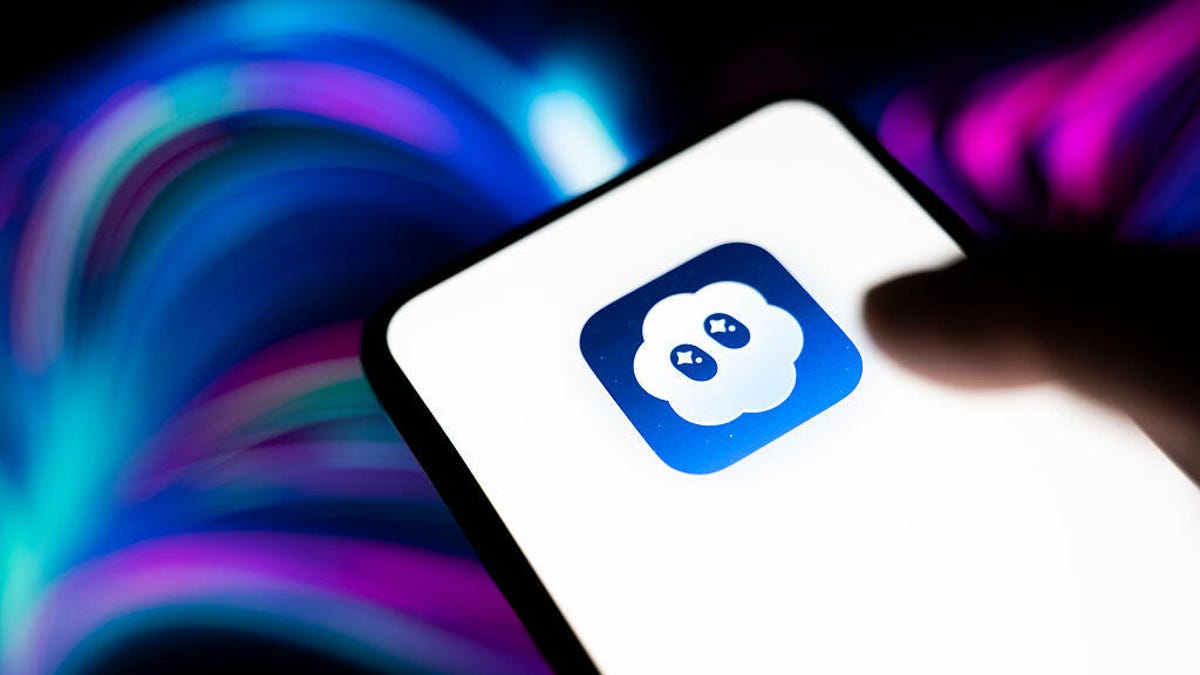
Soon after Sora dropped its invite-only requirement, OpenAI is already moving to monetize the popular AI video social media app. The company has introduced paid «video generation packs,» allowing you to purchase additional AI-generated videos after reaching the daily free limit.
Read also: Deepfake Videos Are More Realistic Than Ever. How Can You Spot if a Video Is Real or Sora AI?
Until now, you could generate around 30 videos a day for free or up to 100 for Pro accounts. Now, anyone who hits that cap will see a prompt to purchase extra «gens» through the App Store.
A small bundle of 10 extra generations costs roughly $4, according to Sora’s listing on Apple App Store, but OpenAI’s support page states that the exact credits used per video range based on factors like the video length and resolution.
Don’t miss any of our unbiased tech content and lab-based reviews. Add CNET as a preferred Google source.
OpenAI’s Bill Peebles confirmed the change in a post on X, citing increased demand and «unsustainable» economics as reasons behind the change. He also confirms the free quota options are likely temporary.
«Eventually, we will need to bring the free gens down to accommodate growth (we won’t have enough GPUs to do it otherwise!), but we’ll be transparent as it happens,» he wrote. «[i]n the meantime, enjoy the crazy usage limits.»
Read also: OpenAI’s Sora Is Getting Another Wave of New Features, Including Video Editing
Technologies
You Can Nab the Apple Watch SE 3 for a Record-Low $200 if You Act Fast
Amazon just knocked $49 off this budget-friendly wearable for the first time since its release.
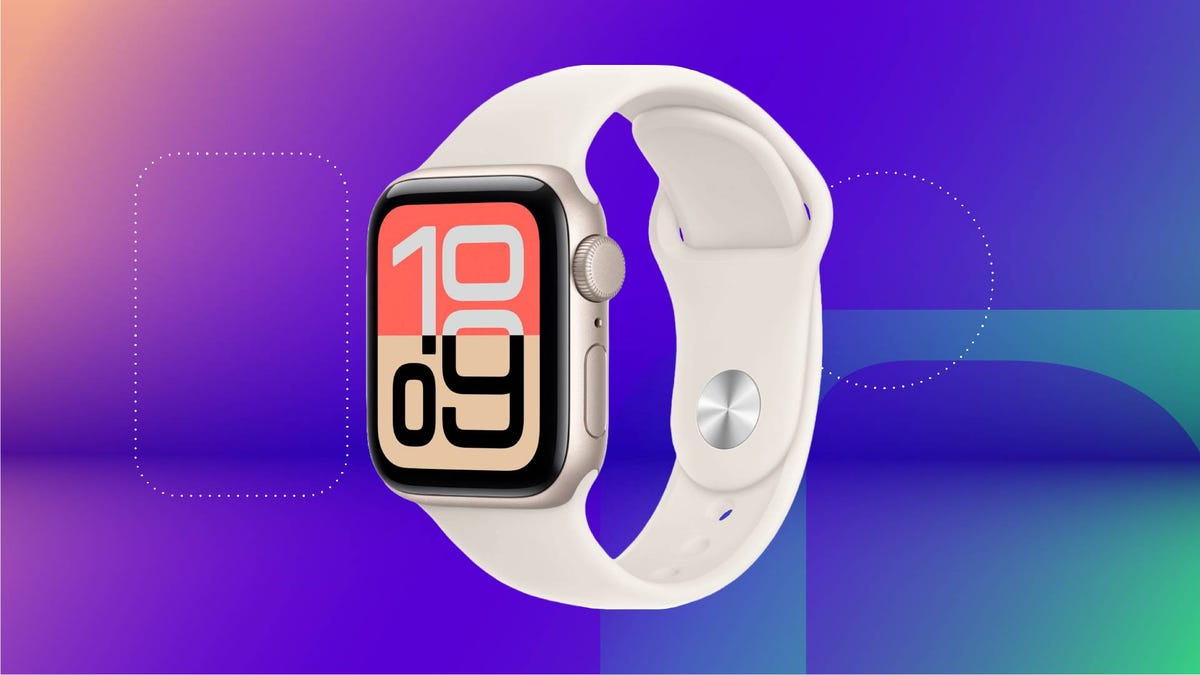
Released alongside the Series 11 and Ultra 3, the Apple Watch SE 3 is the latest budget-friendly model in Apple’s lineup. Starting at $249, it already saves you $150 compared to the Series 11, and right now you can pick it up for even less.
Amazon is offering the biggest (and practically only) discount we’ve seen since this smartwatch hit shelves, knocking it down to a record-low $200. That’s a $49 discount, but it only applies to the starlight color. We also don’t expect this deal to last long, so be sure to get your order in soon.
Even at full price, CNET smartwatch expert Vanessa Hand Orellana called the third-gen SE a «$250 steal that delivers nearly everything you’d want from a wearable, with surprisingly few compromises.» It’s equipped with the same S10 processor as the Series 11 and Ultra 3, and offers many of the same features, like fast charging, 5G connectivity and new wellness tools. Plus, the vibrant 40mm display is always on, so you can check the time with a glance. Other helpful features include onboard Siri, fall detection and a durable design that’s water-resistant up to 50 meters.
SMARTWATCH DEALS OF THE WEEK
-
$329 (save $100)
-
$200 (save $100)
-
$200 (save $100)
-
$500 (save $150)
Why this deal matters
Deals on the latest Apple tech are far and few between, which makes this Apple Watch SE 3 discount a welcome surprise. You can pick it up for a record-low $200 right now at Amazon, which is just half the price of the flagship Series 11. If you prefer a larger display, the 44mm model is also $49 off, dropping the price to $230.
You can also find plenty of other bargains on the latest and previous-gen models in our full roundup of all the best Apple Watch deals.
Join Our Daily Deals Text Group!
Get hand-picked deals from CNET shopping experts straight to your phone.
By signing up, you confirm you are 16+ and agree to receive recurring marketing messages at the phone number provided. Consent is not a condition of purchase. Reply STOP to unsubscribe. Msg & data rates may apply. View our Privacy Policy and Terms of Use.
-

 Technologies3 года ago
Technologies3 года agoTech Companies Need to Be Held Accountable for Security, Experts Say
-

 Technologies3 года ago
Technologies3 года agoBest Handheld Game Console in 2023
-

 Technologies3 года ago
Technologies3 года agoTighten Up Your VR Game With the Best Head Straps for Quest 2
-

 Technologies4 года ago
Technologies4 года agoVerum, Wickr and Threema: next generation secured messengers
-

 Technologies4 года ago
Technologies4 года agoBlack Friday 2021: The best deals on TVs, headphones, kitchenware, and more
-

 Technologies4 года ago
Technologies4 года agoGoogle to require vaccinations as Silicon Valley rethinks return-to-office policies
-

 Technologies4 года ago
Technologies4 года agoOlivia Harlan Dekker for Verum Messenger
-

 Technologies4 года ago
Technologies4 года agoiPhone 13 event: How to watch Apple’s big announcement tomorrow
